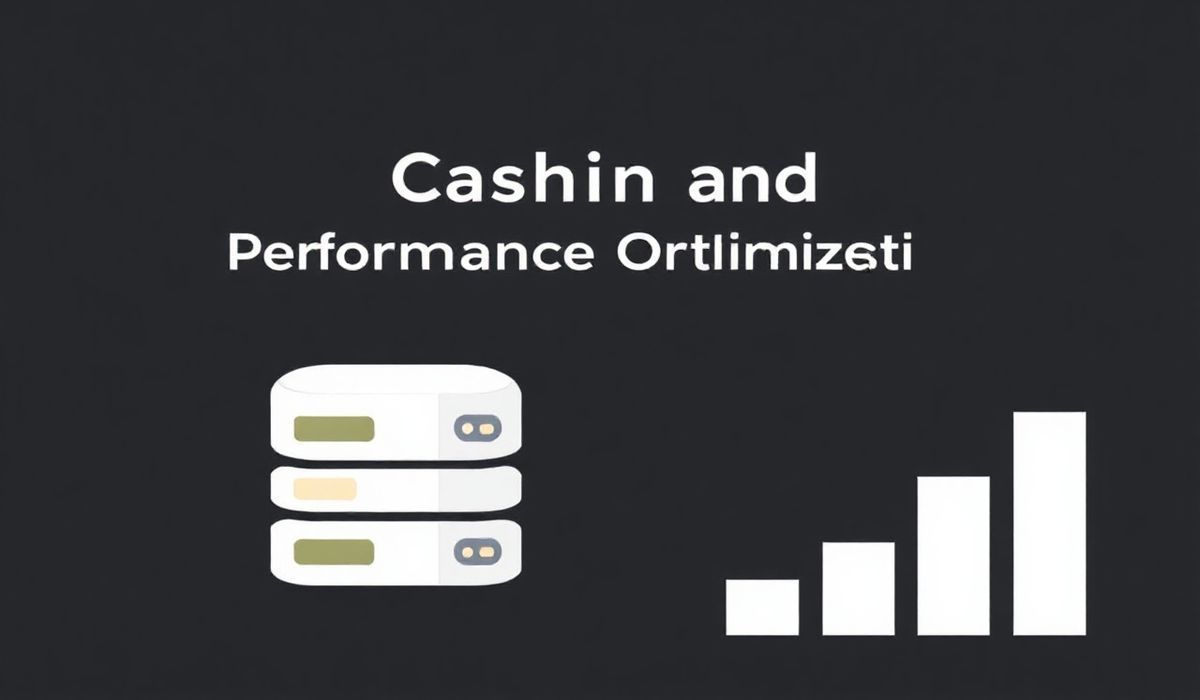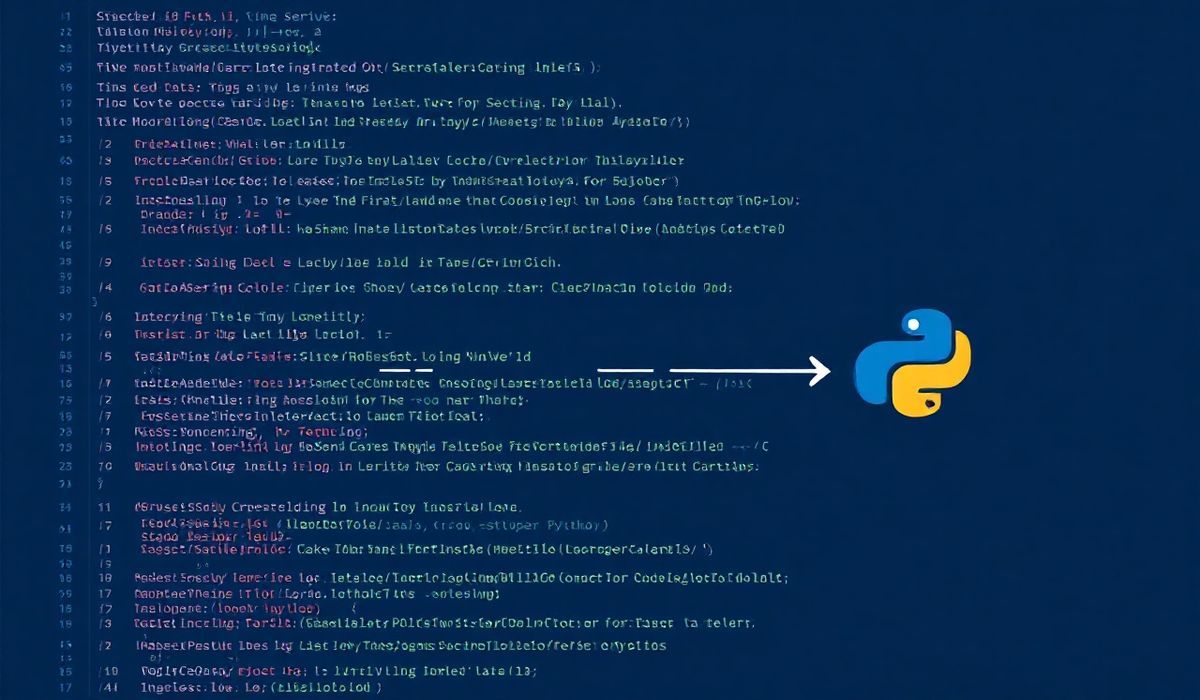Cachetools: A Powerful Python Library for Caching
Caching is essential when it comes to optimizing the performance of applications, reducing redundant computations, and improving response times. Cachetools is a Python library designed to simplify caching with a variety of cache implementations and utility functions. In this guide, we’ll introduce Cachetools and explore its APIs with code examples to understand how you can implement efficient caching in your applications.
What is Cachetools?
Cachetools is an extensible Python library that provides several classes and decorators for implementing caching mechanisms in your programs. It supports different cache strategies, including Least Recently Used (LRU), Least Frequently Used (LFU), Time-To-Live (TTL), and more. It’s especially useful for handling in-memory caches where data retrieval is expensive, such as accessing APIs or performing heavy computations.
Installing Cachetools
To get started with Cachetools, you need to install it. Run the following command:
pip install cachetools
Exploring Cachetools APIs
Here, we’ll walk through several Cachetools APIs with examples.
1. LRUCache
The cachetools.LRUCache implements the Least Recently Used caching strategy. When the cache exceeds the maximum capacity, the least recently accessed item is discarded.
from cachetools import LRUCache
# Create an LRU cache with a maximum size of 3
cache = LRUCache(maxsize=3)
cache['a'] = 1
cache['b'] = 2
cache['c'] = 3
# Accessing an item
print(cache['a']) # Output: 1
# Adding another item evicts the least recently used key ('b')
cache['d'] = 4
print(cache) # Output: LRUCache([('c', 3), ('a', 1), ('d', 4)], maxsize=3)
2. TTLCache
The cachetools.TTLCache associates a time-to-live (TTL) with cached items. Expired items are automatically removed.
from cachetools import TTLCache
import time
# Create a TTL cache with max size 2 and 5-second TTL
cache = TTLCache(maxsize=2, ttl=5)
cache['x'] = 'foo'
time.sleep(6) # Sleep for 6 seconds
# Accessing the expired key raises KeyError
try:
print(cache['x'])
except KeyError:
print('Key expired') # Output: Key expired
3. LFUCache
The cachetools.LFUCache implements the Least Frequently Used caching strategy. It evicts the least frequently accessed items once the cache is full.
from cachetools import LFUCache
# Create an LFU cache with max size 2
cache = LFUCache(maxsize=2)
cache['a'] = 1
cache['b'] = 2
# Access 'a' multiple times
_ = cache['a']
_ = cache['a']
# Add a new key, which evicts 'b' (least frequently used)
cache['c'] = 3
print(cache) # Output: LFUCache([('a', 1), ('c', 3)], maxsize=2)
4. Cache Decorators
Cachetools provides decorator functions for caching results of function calls. Here’s an example using cached:
from cachetools import cached, LRUCache
# Use caching decorator
@cached(cache=LRUCache(maxsize=2))
def expensive_function(x):
print(f'Computing {x}')
return x * x
print(expensive_function(2)) # Output: Computing 2\n4
print(expensive_function(2)) # Output: 4 (cached)
print(expensive_function(3)) # Output: Computing 3\n9
Practical Application: A Web Scraping Caching Example
Here’s an example of using Cachetools in a web scraping application with caching to avoid redundant HTTP requests:
import requests
from cachetools import TTLCache, cached
# Create a cache for storing responses with TTL of 10 seconds
cache = TTLCache(maxsize=10, ttl=10)
@cached(cache)
def fetch_url(url):
print(f'Fetching URL: {url}')
response = requests.get(url)
return response.text
# First request (cached)
content = fetch_url('https://example.com')
print(len(content))
# Cached response
content = fetch_url('https://example.com')
Conclusion
Cachetools is a powerful library for creating efficient and customizable caching mechanisms in Python. In this guide, we introduced its primary caching strategies and decorator functionalities, complemented by practical examples and real-world use cases. Implementing caching with Cachetools can dramatically enhance the performance and responsiveness of your applications.
For more information, visit the official Cachetools documentation.




